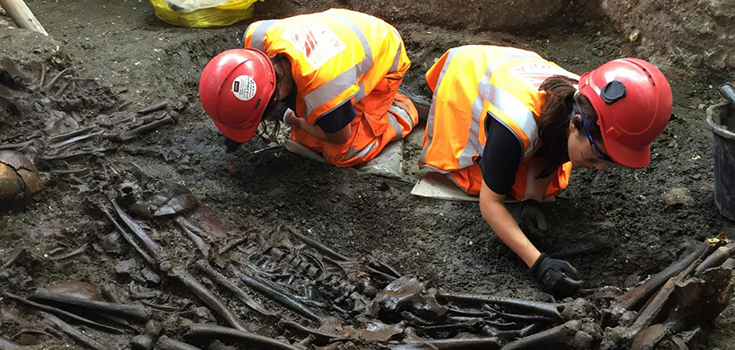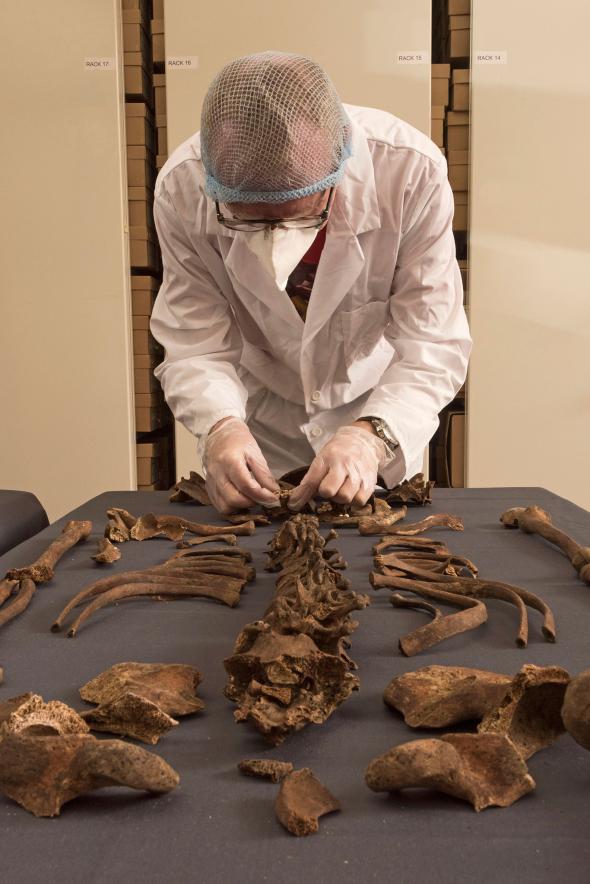Researchers Discover the Cause of London’s 17th Century Plague
Researchers Discover the Cause of London’s 17th Century Plague
During the 17th century, London suffered a plague so severe that it killed almost 1/4 of its entire population in 18 months.
During the 17th century, London suffered a plague so severe that it killed almost 1/4 of its entire population in 18 months. Scientists haven’t been sure what exactly caused the widespread disease, until now. [1]
Scientists examined the teeth of 20 skeletons from the Bedlam burial ground from the 17th century, which were exposed due to the construction of a new Crossrail station at Liverpool Street. Five out of 20 tested positive for the yersinia pestis bacteria – the invader that was responsible for the 14th century Black Death pandemicthat wiped out nearly 1/3 of the entire world’s population.Up until recently, scientists have suspected that the 17th century plague was similar to that of the Black Death, but there was much debate about whether that was indeed the cause.
Researchers used the skeleton’s teeth to determine the bacteria they had been exposed to at the time of death. While bacteria cannot live for hundreds of years inside of teeth, their enamel shell can help preserve bacteria to allow for researchers to examine it.
The bacteria died shortly after the person carrying it did, meaning that it doesn’t pose a risk to scientists today. The DNA inside of the teeth was examined by Museum of London Archaeology (MOLA) and the Max Planck Institute in Germany to determine what exactly those who had perished had been exposed to.
Don Walker, senior osteologist at Museum of London Archaeology, said of modern samples of yersinia pestis:
“It does not behave that way today. It’s much slower and spreads less dramatically. Could it be that there was some form of mutation? Or was it to do with host susceptibility and response? Were humans carrying greater disease loads in those days (e.g., tuberculosis) and had poor nutrition, making them more vulnerable?”
Scientists will then compare this new DNA to DNA from the 14th century bubonic plague to attempt to source where the disease came from originally. Many theorize that the plague was brought over from Asia, though another popular theory remains that rodents contracted the disease and passed it on to humans.
Because of excavation for the planned Crossrail station, thousands of artifacts spanning over the past 70,000 years have been discovered. [2]
| About Anna Scanlon: | |
| Anna Scanlon is an author of YA and historical fiction and a PhD student at the University of Leicester where she is finishing her degree in modern history. You can find out more about Anna and her books on her lifestyle blog annainwonderland.co.uk. | |
Other Popular Stories:


Post a Comment